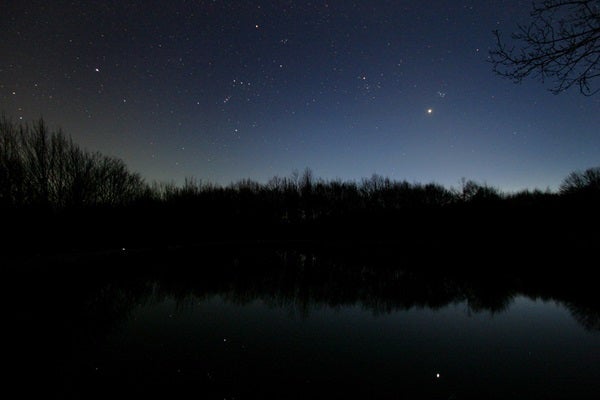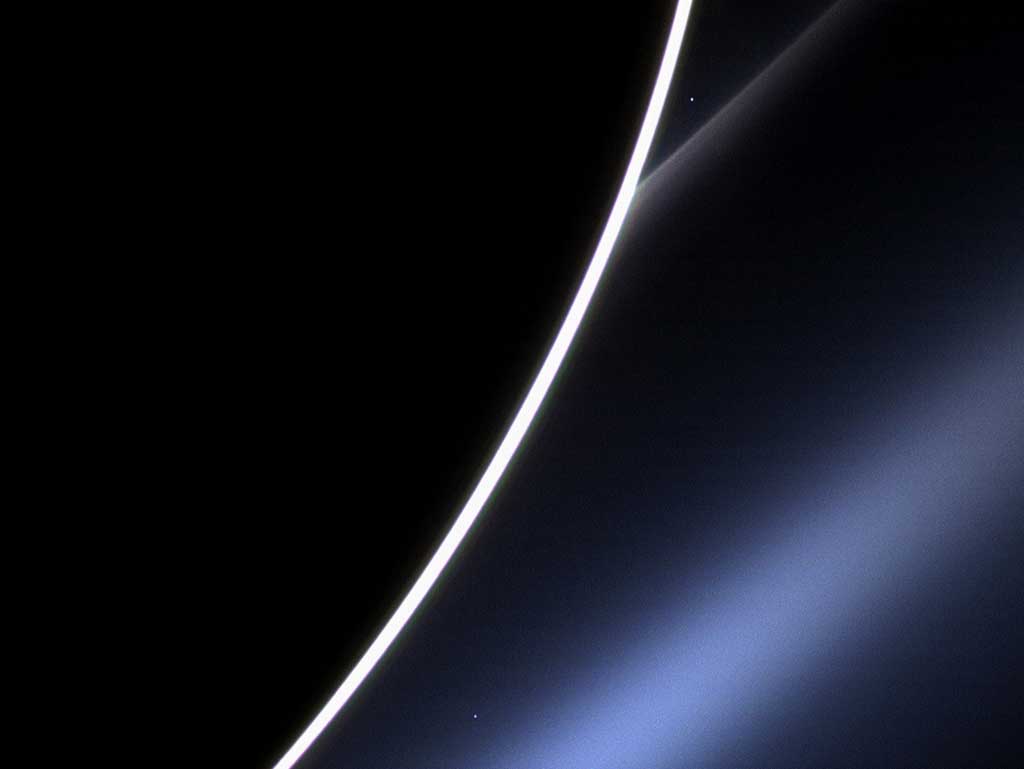Venus also appears highest in the morning sky from mid-northern latitudes during the second half of February. It rises about 2½ hours before the Sun throughout this period and climbs approximately 15° above the southeastern horizon an hour before sunrise. “Venus now appears higher and brighter in the morning sky than at any time since 2012,” says Astronomy magazine Senior Editor Michael E. Bakich. “You don’t want to miss this opportunity because it won’t be as high again until it returns to the evening sky in early 2015.”
Although Venus looks impressive by itself, a nearby crescent Moon can turn the morning vista stunning. The best conjunctions in February occur on the 24th (when the Moon lies to the planet’s upper right) and the 25th (with our satellite to Venus’ lower left). In March, the best view comes on the 27th, when the waning crescent Moon appears to Venus’ upper left.
The morning twilight sky in mid-March holds another planet worth viewing: innermost Mercury. This Sun-hugger reaches greatest elongation from the Sun on the 14th, just eight days before Venus does, when it lies 28° west of our star. It then appears 5° high in the east-northeast 30 minutes before sunrise. Mercury then shines at magnitude 0.1, some 60 times fainter than Venus but still bright enough to see through binoculars against the twilight glow.
- Video: Tour the solar system: Venus, with Richard Talcott, senior editor
- Video: Tour the solar system: Mercury, with Liz Kruesi, associate editor
- StarDome: Locate Venus and Mercury in your night sky with our interactive star chart.
- The Sky this Week: Get your Venus and Mercury observing info from a daily digest of celestial events coming soon to a sky near you.
- Sign up for our free weekly e-mail newsletter.












